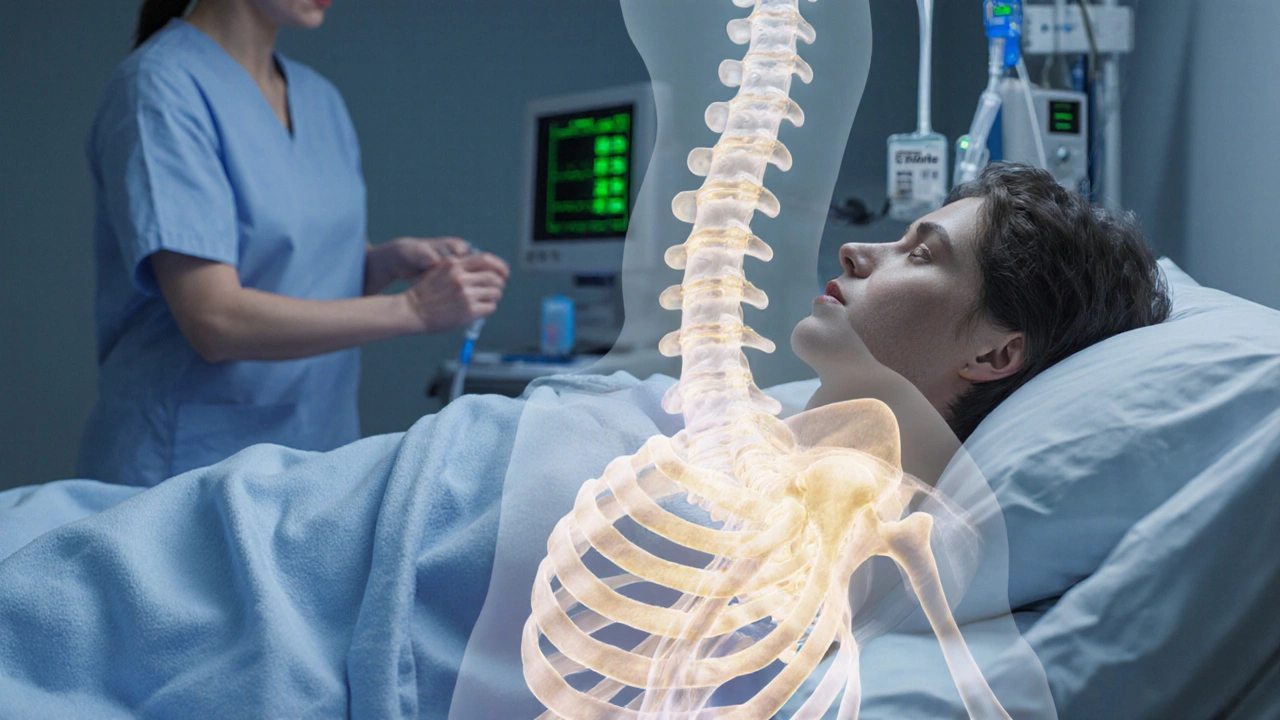Bone Health
When you think about Bone Health, the condition of your skeleton that supports movement, protects organs, and stores minerals. Also known as skeletal health, it is the foundation for everyday activity. A common threat to that foundation is Osteoporosis, a disease where bone density drops, making fractures more likely. To keep the framework strong, your body relies on Calcium, the mineral that forms the structural matrix of bone tissue and Vitamin D, a fat‑soluble vitamin that boosts calcium absorption in the gut. Finally, Exercise, physical activity that applies stress to bone, stimulating growth and strength provides the mechanical signal that tells bones to stay dense. In short, bone health encompasses bone density, requires adequate calcium, is driven by vitamin D, and benefits from regular exercise. Understanding these links makes it easier to protect your skeleton.
Key Factors for Strong Bones
Prioritizing bone health starts with meeting daily calcium needs. Dairy foods like milk, cheese, and yogurt deliver around 300 mg per serving, while fortified plant milks, leafy greens, and canned fish with bones add extra. Most adults aim for 1,000 mg a day; women over 50 and men over 70 should target 1,200 mg. If diet falls short, calcium supplements can fill the gap, but it’s best to choose chewable or carbonate forms that the stomach can absorb well. Pairing calcium with meals improves uptake, and spreading intake across the day prevents the gut from becoming overloaded.
Vitamin D works hand‑in‑hand with calcium, so getting enough is non‑negotiable. Sunlight on the arms and face for 10‑15 minutes a few times a week supplies most of the requirement for many people. Foods such as fatty fish, egg yolks, and fortified cereals add modest amounts, but supplements are often needed, especially in winter or for those with limited sun exposure. A daily dose of 600–800 IU is typical for adults, while higher amounts (1,000–2,000 IU) may be advised for people at risk of deficiency. Monitoring blood levels helps tailor the right dose and keeps bone turnover balanced.
Even with calcium and vitamin D secured, bones need mechanical loading to stay robust. Weight‑bearing activities—walking, jogging, stair climbing, and dancing—create brief, repeated stresses that trigger bone‑forming cells. Resistance training, using free weights or resistance bands, adds targeted pressure to the hip, spine, and wrist, the sites most prone to fractures. Aim for at least three sessions a week, mixing cardio with strength moves. Balance exercises like tai chi or single‑leg stands also lower fall risk, which is a major factor in fracture prevention.
Putting these pieces together gives you a roadmap: eat calcium‑rich foods, ensure adequate vitamin D, and move your body regularly. Below you’ll find a curated set of articles that dive deeper into each of these topics, share real‑world tips for buying affordable supplements, explain how specific medications interact with bone metabolism, and offer practical plans to keep your skeleton in top shape. Use the information to build a personalized plan and stay ahead of bone‑related issues.

Osteoporosis After Bone Marrow Transplant: What to Expect
Learn why bone marrow transplants raise osteoporosis risk, how to screen, prevent bone loss, and manage treatment. Practical tips for patients and caregivers.